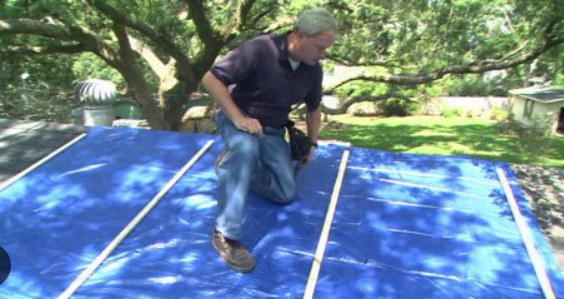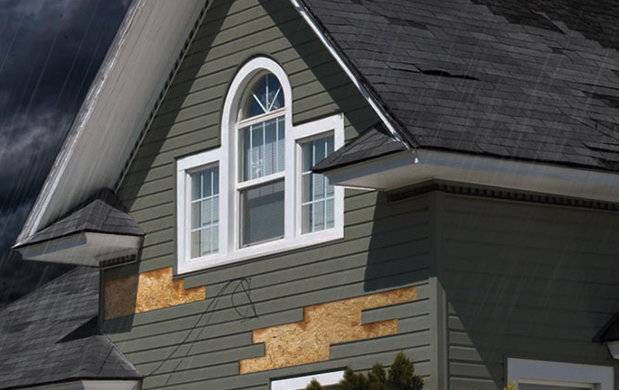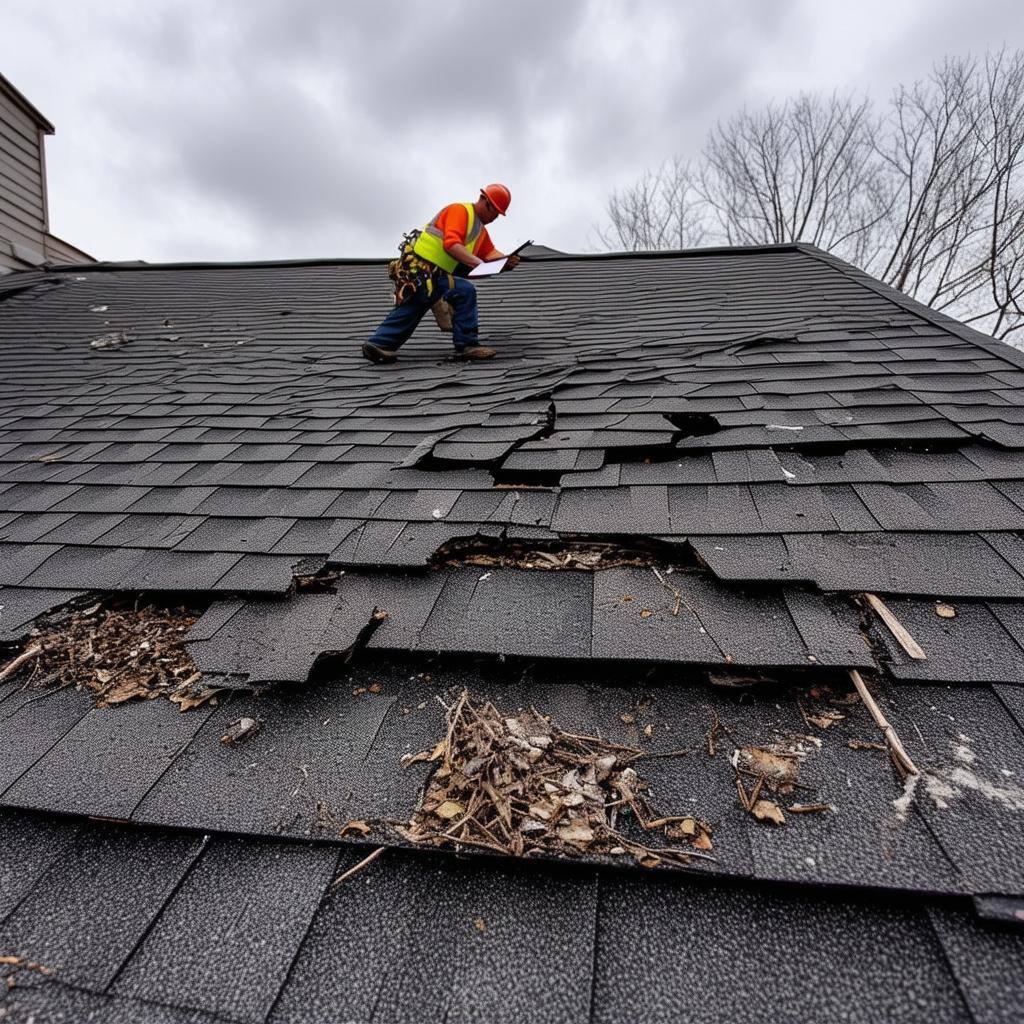The Impact Of Storm Damage On Your Home's Exterior: Understanding The Risks To Roof And Siding
Discover how storm damage can affect your home's exterior, specifically the roof and siding, and learn how to mitigate risks.
The Dangers of Storm Damage
Storm damage can pose significant risks to the exterior of your home, particularly the roof and siding. Strong winds, heavy rain, hail, and flying debris can all cause extensive damage that may compromise the structural integrity of your home and put your safety at risk. It is crucial to understand these dangers and take appropriate measures to protect your property.
One of the main dangers of storm damage is roof leaks. When high winds lift or dislodge roofing materials, it creates openings for rainwater to penetrate your home. This can lead to water damage, mold growth, and even structural issues if left unaddressed. Additionally, damaged or missing shingles can expose the underlying roof deck to further damage from the elements.
Siding is also susceptible to storm damage. Strong winds can peel back or tear off siding panels, leaving your home vulnerable to water infiltration and reducing its overall insulation. This can result in higher energy costs and potential interior damage. Flying debris during a storm can also cause dents, cracks, or holes in your siding, affecting both its functionality and aesthetics.
Effects on Roofing Materials
Storms can have various effects on different types of roofing materials. Asphalt shingles, which are commonly used in residential roofing, can be easily lifted or torn off by strong winds. They may also become cracked or dented from hail impact. Metal roofs, on the other hand, are more resistant to high winds and hail, but they can still sustain damage if hit with enough force. Metal panels may become bent or dislodged, compromising their ability to protect your home.
Other roofing materials, such as wood shakes or tiles, can also suffer damage during storms. Wood shakes can become loose or broken, while tiles may crack or break. It is important to inspect your roofing materials after a storm to identify any signs of damage and address them promptly. Regular maintenance and timely repairs can help extend the lifespan of your roof and minimize the risk of further issues.
Impact on Siding
Storm damage can have a significant impact on your home's siding. As mentioned earlier, strong winds can peel back or tear off siding panels, leaving gaps for water penetration. This can lead to moisture-related problems, including rot, mold, and mildew. Damaged siding can also compromise your home's insulation, resulting in higher energy bills and decreased comfort.
In addition to wind damage, hail can cause dents and cracks in siding materials. These cosmetic issues not only affect the appearance of your home but can also weaken the siding's durability and protection. It is essential to assess the condition of your siding after a storm and repair or replace any damaged sections to maintain the integrity of your home's exterior.
Preventative Measures for Roof Protection
To mitigate the risks of storm damage to your roof, there are several preventative measures you can take. Firstly, ensure that your roof is properly installed by a professional roofing contractor. A well-installed roof is less likely to suffer damage during storms. Regular roof inspections are also essential to identify any weak spots or signs of wear and tear that could make your roof more susceptible to damage.
Trimming trees near your home can help prevent branches from falling onto your roof during storms. Additionally, securing loose or damaged shingles promptly can minimize the risk of further damage. Consider reinforcing vulnerable areas, such as the roof edges and corners, with additional fasteners or sealants for added protection against high winds.
If you live in an area prone to severe storms, it may be worth investing in impact-resistant roofing materials. These materials are designed to withstand strong winds, hail, and flying debris, providing an extra layer of protection for your home.
Siding Maintenance and Repair Tips
Maintaining your siding is crucial for its longevity and ability to withstand storm damage. Regularly clean your siding to remove dirt, mold, and mildew, as these can compromise its integrity over time. Use a soft brush or cloth and mild detergent to clean the siding, and rinse thoroughly with water.
Inspect your siding at least once a year, looking for signs of damage such as cracks, holes, or loose panels. Promptly repair or replace any damaged sections to prevent further issues. It is also essential to seal any gaps or openings where water could enter, such as around windows, doors, and utility penetrations.
Consider installing storm shutters or impact-resistant windows to protect your siding from flying debris during severe storms. These additional measures can help minimize the risk of siding damage and maintain the overall integrity of your home's exterior.



